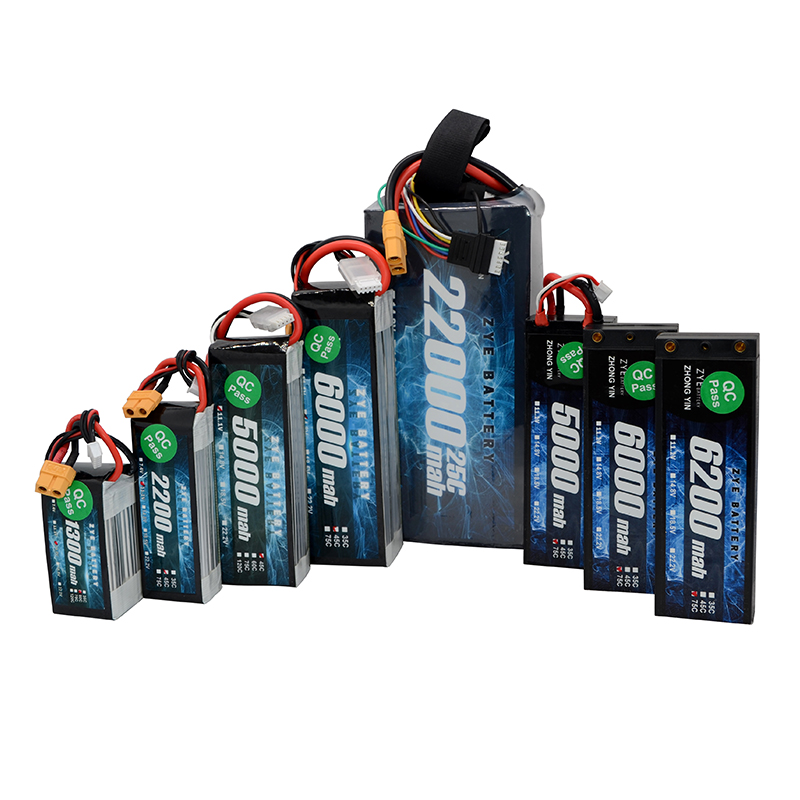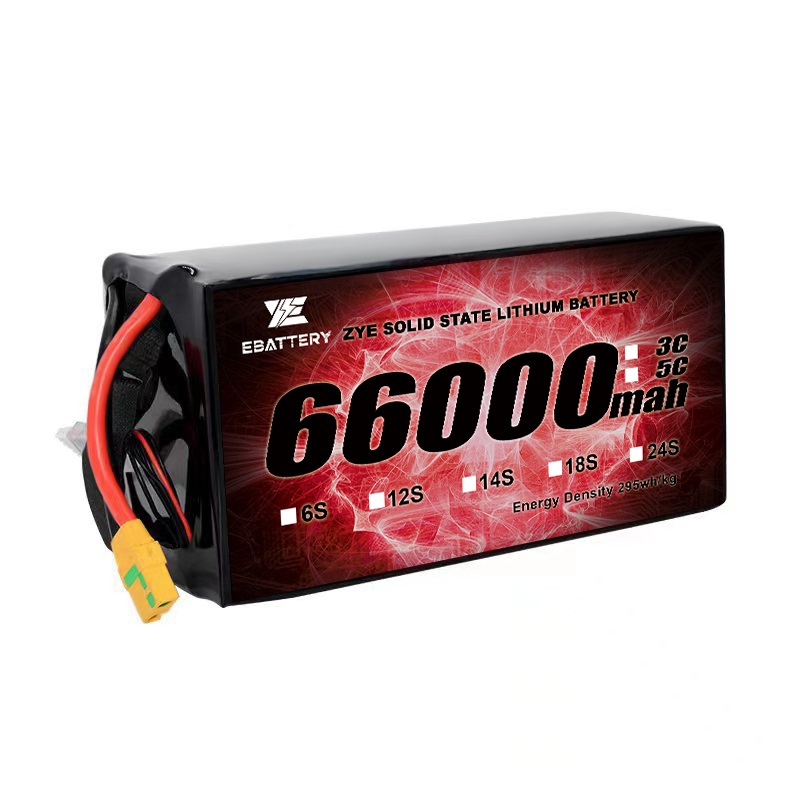How to check lipo battery health?
2025-08-29
Drone solid-state batteries (SSBs) are a game-changer for aerial enthusiasts and professionals alike. Unlike traditional lithium-ion (Li-ion) batteries, SSBs offer higher energy density, faster charging, and reduced fire risk. Below’s a step-by-step guide to assessing your drone’s SSB health, plus tips to extend its lifespan.
Most modern drones come with companion apps or onboard displays that simplify battery health monitoring—no extra tools required. This is the first stop for beginners, as manufacturers tailor these tools to their specific SSB models.
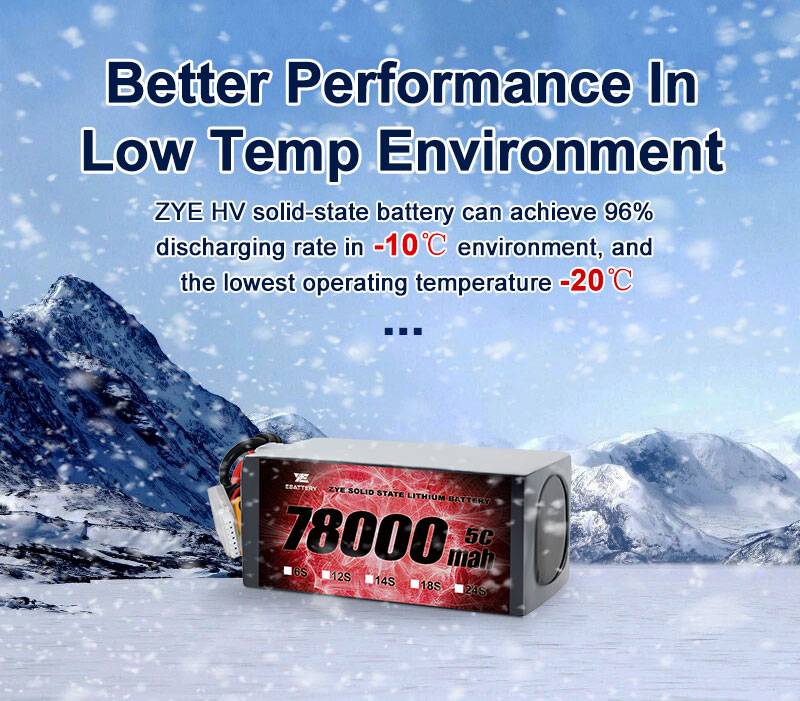
Manual Voltage Testing with a Multimeter (For Precision)
While apps provide convenience, a multimeter lets you verify voltage readings independently—critical if you suspect the app is glitching or the battery is older. This method works for all SSBs, even budget models without advanced app support.
Safety First:
Power off the drone and disconnect the battery (if removable) to avoid short circuits.
Use a digital multimeter with a DC voltage range of 0–20V.
Capacity Testing: Measure Real-World Performance
SOH and voltage can be misleading—they don’t always reflect how much actual power the battery can deliver during flight. Capacity testing (measuring mAh output) shows the battery’s real-world performance, making it essential for professionals.
Physical Inspection: Spot Visible Red Flags
Solid-state batteries rarely swell like Li-ion batteries (thanks to their solid electrolyte), but they still show physical signs of damage or degradation. A quick visual and tactile check before each flight can prevent accidents.
Advanced Checks: Manufacturer-Specific Diagnostic Tools
For professional-grade drones, manufacturers offer dedicated diagnostic tools that go beyond app-based monitoring. These tools are ideal for commercial users who need to comply with safety regulations.
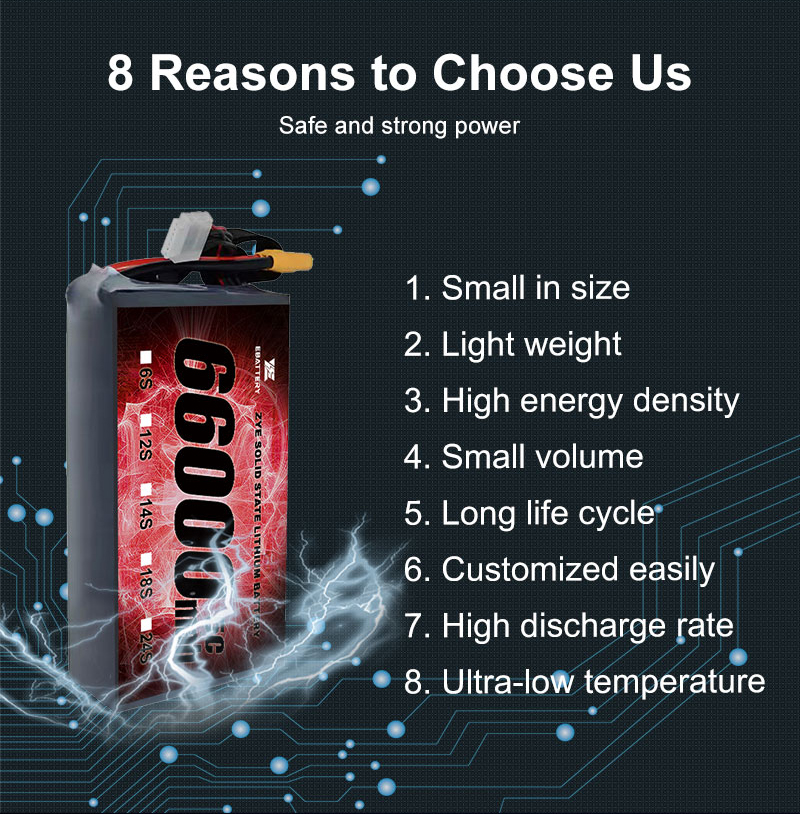
Pro Tips to Preserve Solid-State Battery Health
Regular checks are only half the battle—proper maintenance slows degradation and extends your SSB’s lifespan:
Avoid extreme temperatures: Charge and store batteries between 10°C–30°C (50°F–86°F). Never leave them in a hot car (temperatures over 40°C/104°F damage cells) or freezing cold (below 0°C/32°F reduces capacity temporarily).
Charge smart: Use the official charger—third-party chargers may overcharge or undercharge. For storage (2+ weeks), charge the battery to 40–60% (not 100%, which strains cells).
Don’t over-discharge: Stop flying when the battery hits 20% (most drones auto-land at 10%, but landing earlier prevents deep discharge damage).
Use it regularly: SSBs degrade faster if left unused. Even if you don’t fly, charge and discharge the battery every 1–2 months to keep cells active.
When to Replace Your Drone’s Solid-State Battery
No battery lasts forever—here’s when to retire your SSB:
SOH drops below 70–80% (check your manufacturer’s recommendation; DJI suggests replacement at 70%, Autel at 80%).
Capacity is <70% of rated mAh (e.g., a 3000mAh battery only holds 2100mAh).
Physical damage, cracks, corrosion, overheating or unusual odors.
Frequent voltage drops (e.g., the battery goes from 14.8V to 12.0V in 5 minutes of flight).
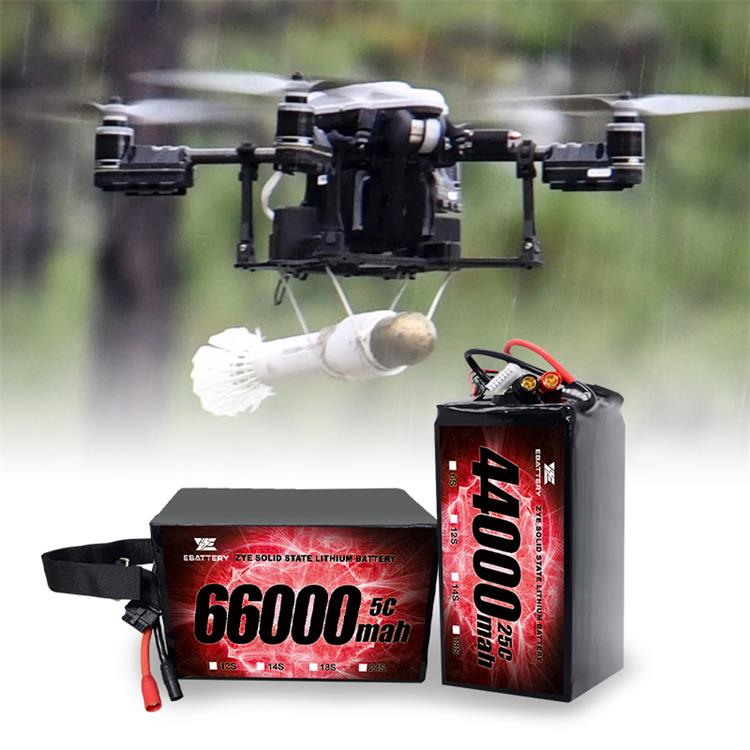
Conclusion:
Make Health Checks a Routine
Your drone’s solid-state battery is its lifeline—neglecting health checks risks crashes, lost equipment, or missed opportunities. Aim for a quick check before every flight and a deep diagnostic (multimeter + capacity test) once a month—small efforts that pay off in safety and performance.
Whether you’re powering a hobby project or an industrial device, following this guide will help you get the most out of your HV LiPo batteries while keeping safety a top priority. If you have questions about specific battery models or chargers, feel free to reach out to our team: coco@zyepower.com—we’re here to help!























































